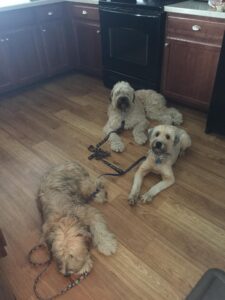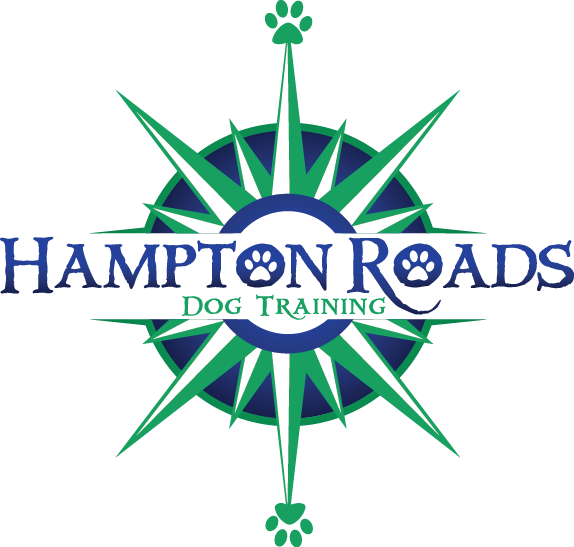How To Welcome a New Dog To The Pack
Thinking about bringing another dog into your home? Are you thinking your dog needs a brother or sister to keep them company, broadening their socialization skills and minimizing their boredom? A new dog to your pack can be very fulfilling and beneficial to you and your other dogs, but don’t always expect it to be a smooth transition with no incidents or problems.
Your dog might be the friendliest dog in the world but that doesn’t mean he won’t act out when there’s another dog in the home, getting your attention and taking up more space. Plus, while your dog might be fine with the idea of a new dog, maybe the new dog will not adjust well to another dog present. Coming into a new home and lifestyle can be confusing enough!
 Some dogs will immediately click and you’ll have dogs in your home that get along well and don’t have any major issues. But one must always be prepared in case there are problems that need to be addressed. One bad first impression might taint the potential relationship between two dogs, so you as an owner should do what you can to ensure a healthy bond is created and maintained between your pack members (canine AND human!).
Some dogs will immediately click and you’ll have dogs in your home that get along well and don’t have any major issues. But one must always be prepared in case there are problems that need to be addressed. One bad first impression might taint the potential relationship between two dogs, so you as an owner should do what you can to ensure a healthy bond is created and maintained between your pack members (canine AND human!).
Here are a few tips to make sure you dog and a new dog in your home start off on the right paw:
1. When adopting a new dog, it’s a good idea to make sure this dog and your dog at home meet somewhere first outside the house. Some type of neutral territory will allow both dogs to feel at ease with one another, with little worry for initial protective or guarding behavior. Right after your new dog is free from the shelter or breeder site, maybe all of your pack can meet during this joyous occasion (though there will be lots of excitement). Meeting in a park or even down the street from your house is a good choice for a first meeting spot, rather than an in-home introduction.
2. Walks not only provide exercise for your dogs, but also a controlled social setting where they can interact, but under control and not up close. If your dogs seem tense or unsure of one another, taking them on walks is a good way for them to become desensitized to one another, and also not allowing them to behave inappropriately. It can also be a fun and rewarding experience for both dogs, and they have the chance to build a positive association with one another through this! It is best that your dogs know how to demonstrate good leash behavior before attempting this as a desensitization and social experiment. If any of your dogs are leash aggressive or reactive, give us a call and we’ll straighten that out!
3. In the home, make sure the dogs are monitored, even during play time. While playing is a good sign, it could always lead to aggressive play, and one dog might not be too fond of this. There are dog fights that start off as playful and then escalate when a dog is becoming too much to handle the other dog is fed up. Your presence there will help you have control of the situation and also to prevent any fights from forming. When not playing, supervise the dogs and use tools to help you maintain that control, such as crates, leashes (yes, even leash the dogs inside the home. If your dog has leash aggression though, this must be fixed first), etc.
4. When it comes to food and resources (i.e.: water, bones, etc.), it is probably best to start off by separating the dogs. Feed the dogs separately in their crates or in their designated areas, to avoid any guarding or food aggression. As the dogs become more comfortable, you can test them out with treats, toys and bones (supervised, of course!). It is always a good habit to just feed the dogs separately for the meals, and not allowing them to meddle with another dog while they eat.
5. This isn’t just the trainer in me when I say that basic training will help both dogs become more acclimated to the home and one another. Show your dog that you are a consistent pack leader, prevent opportunities for failure, correct bad manners and behaviors, and always set your dogs up to be rewarded and successful! Training not only instills good behaviors, but it can be a fun process and a bonding experience for everyone in the family!
If your dog is not getting along with his/her’s sibling, it might be the time to get some professional help. Call 800-649-7297 and we’ll formulate a training plan that will work best for you and your dogs!
